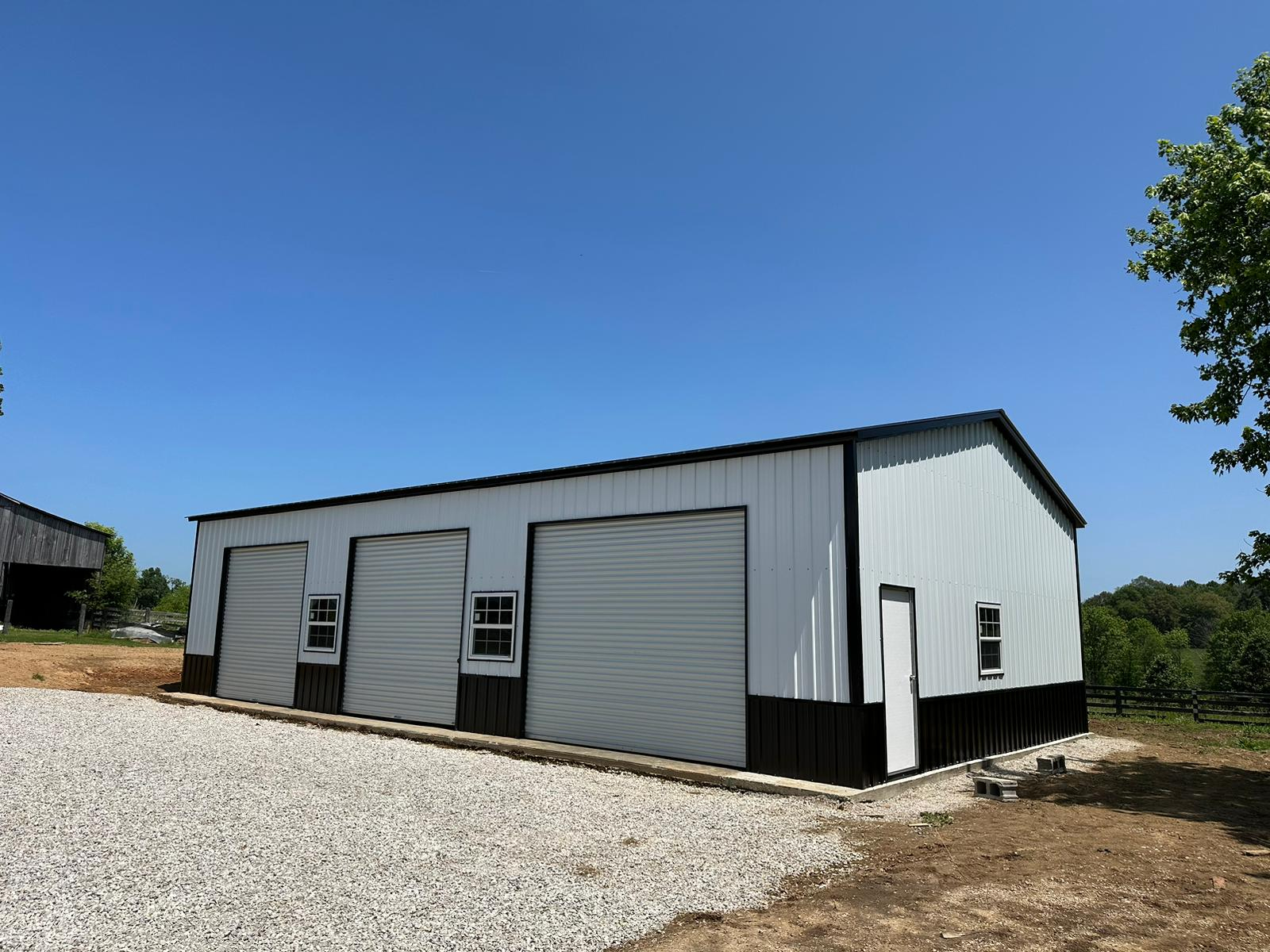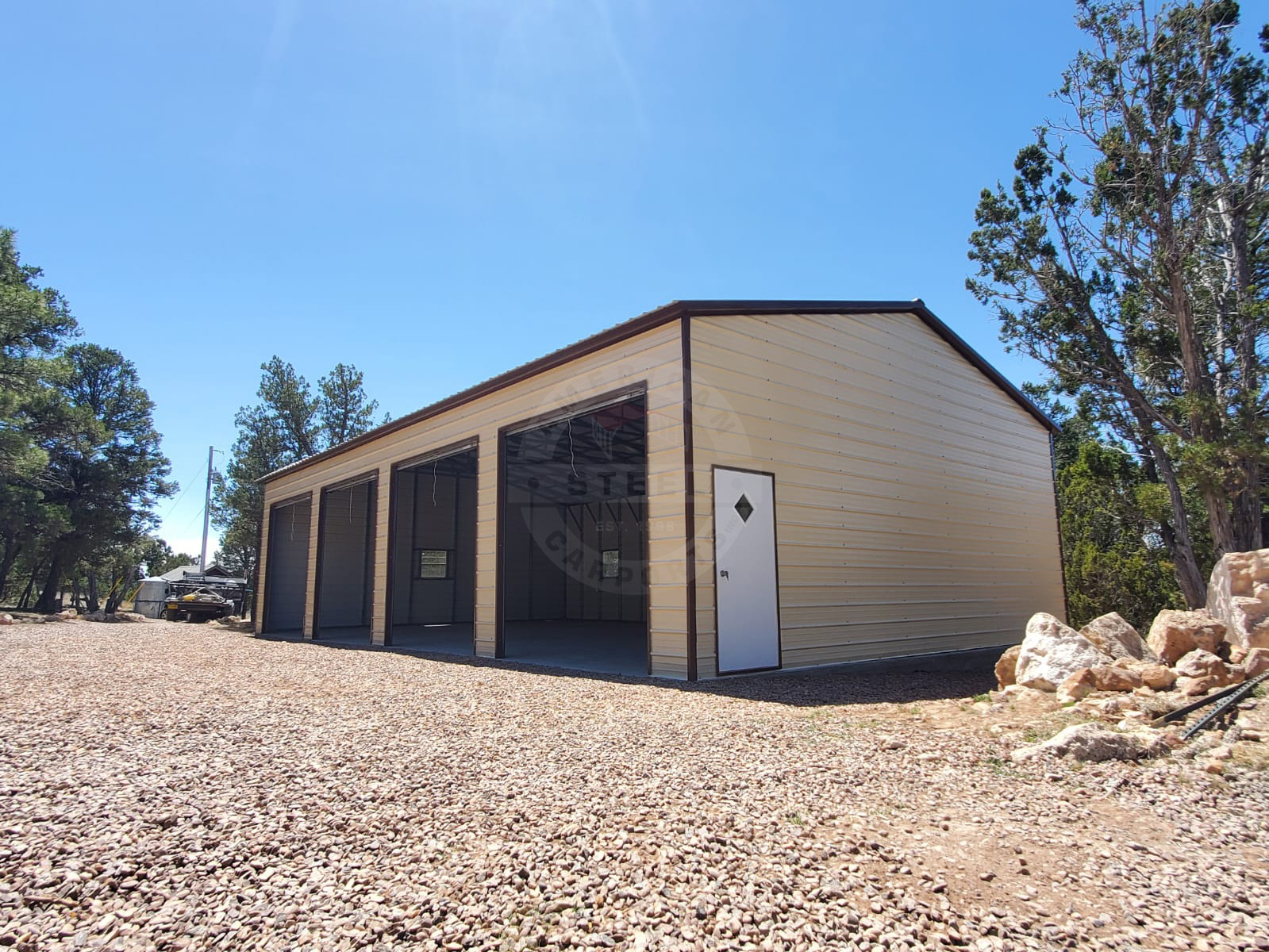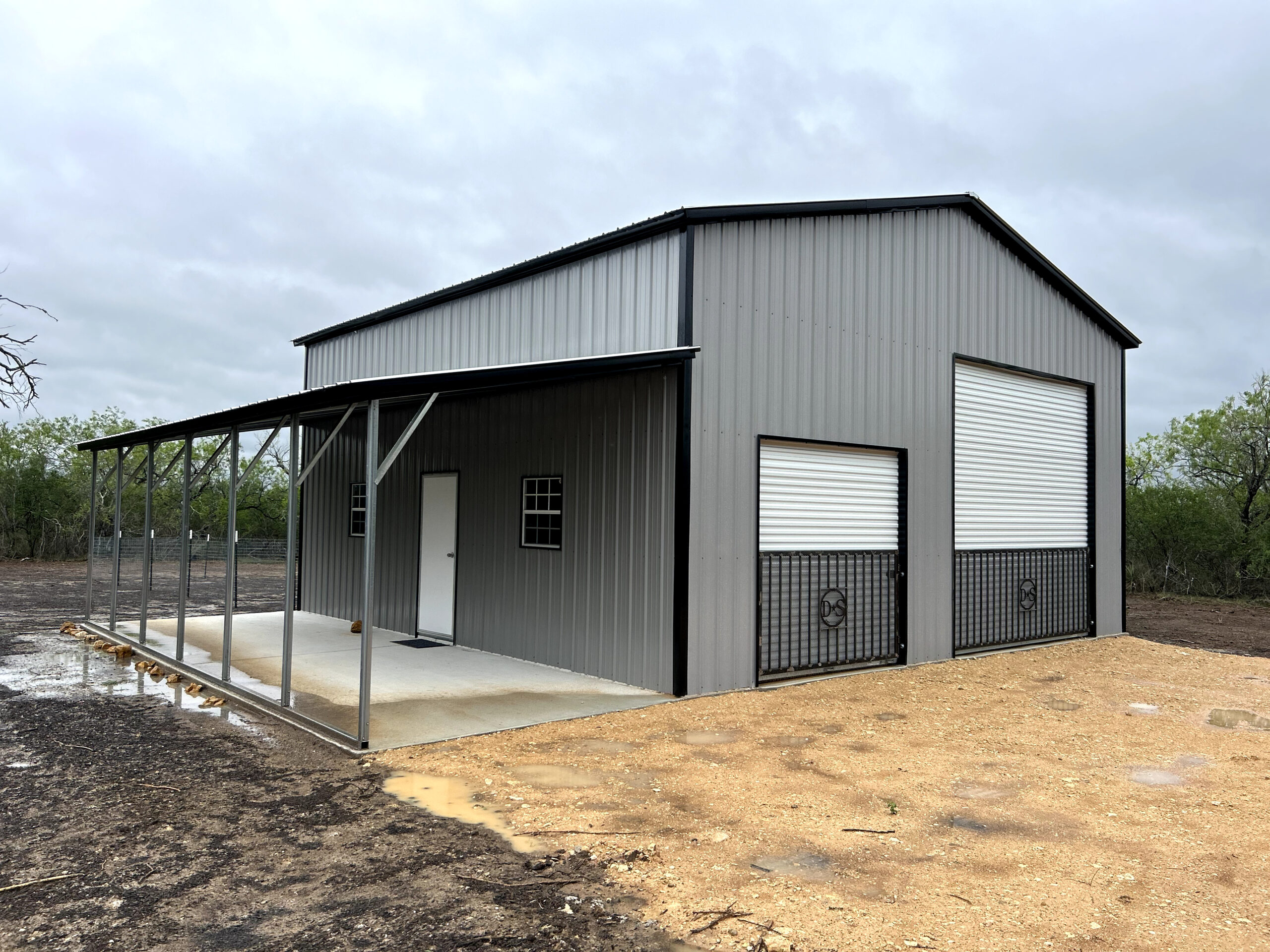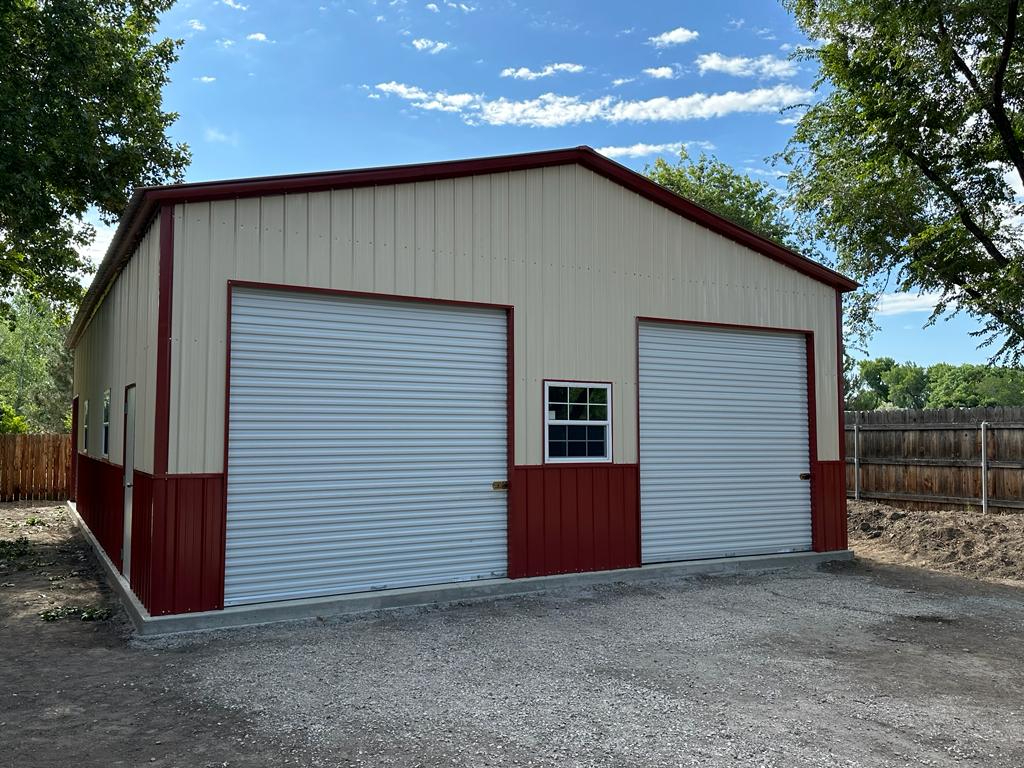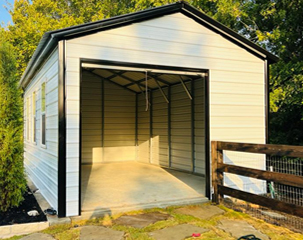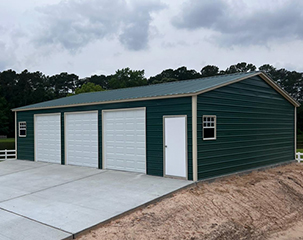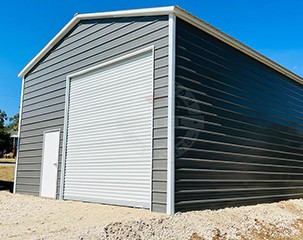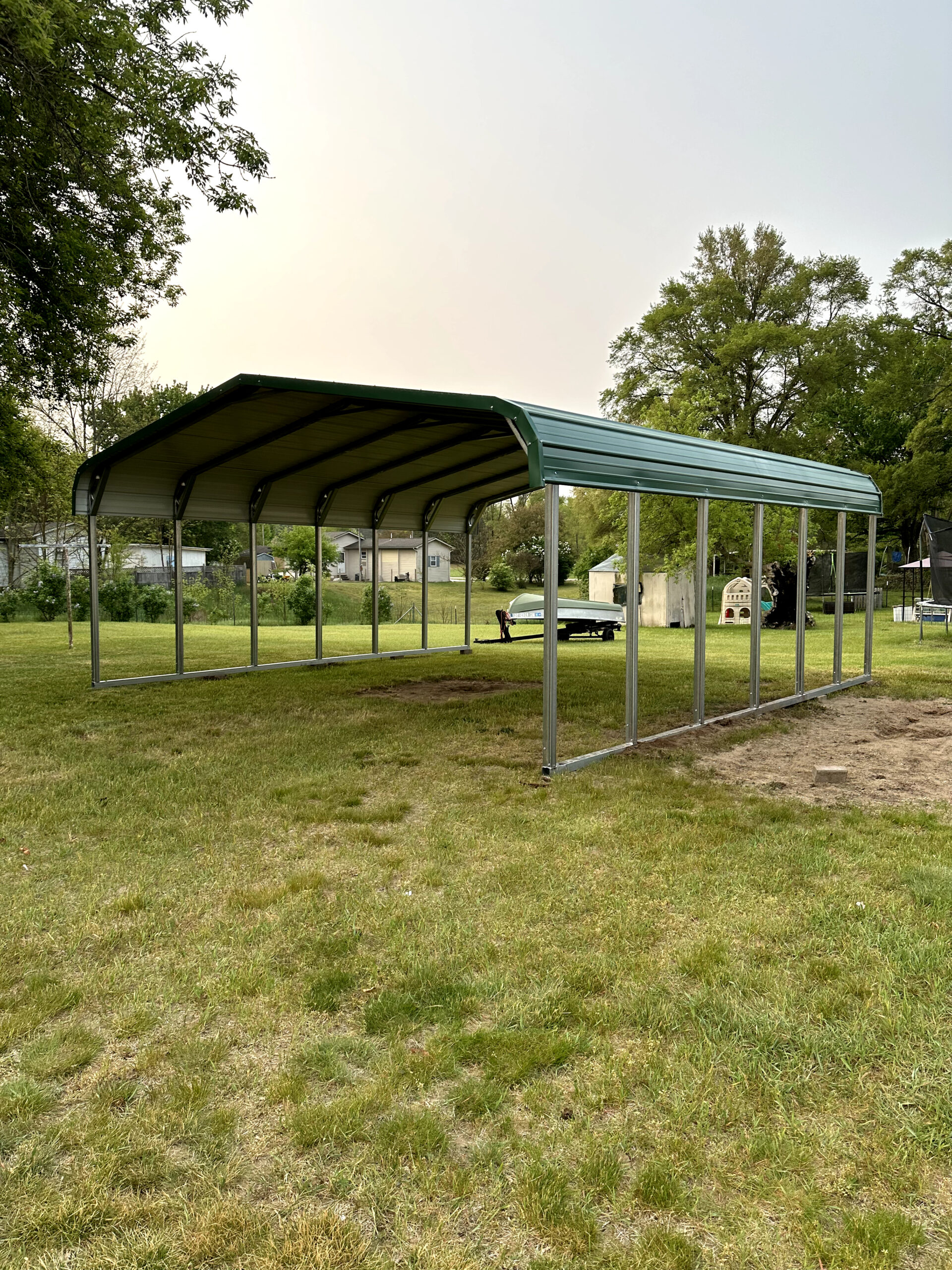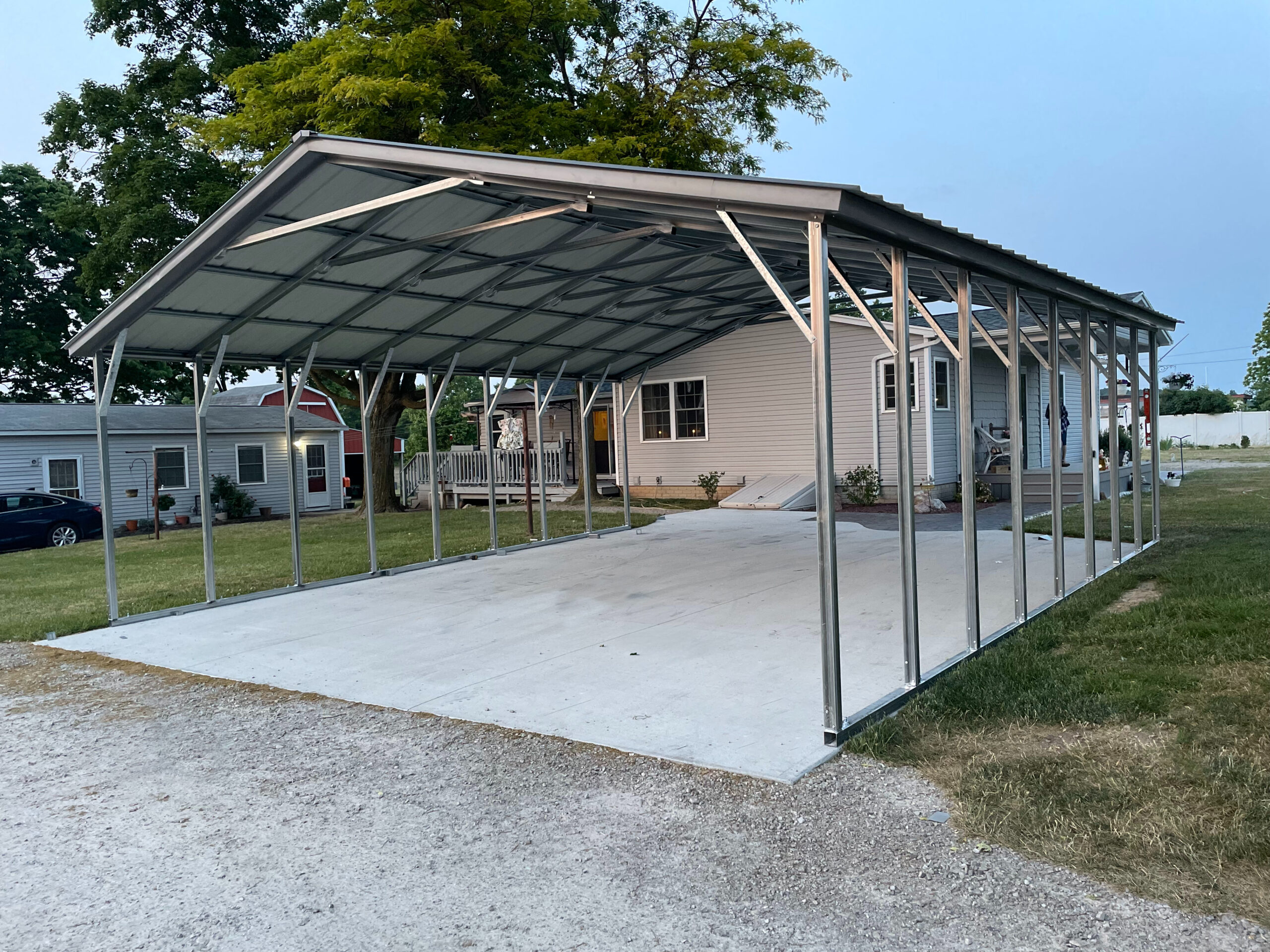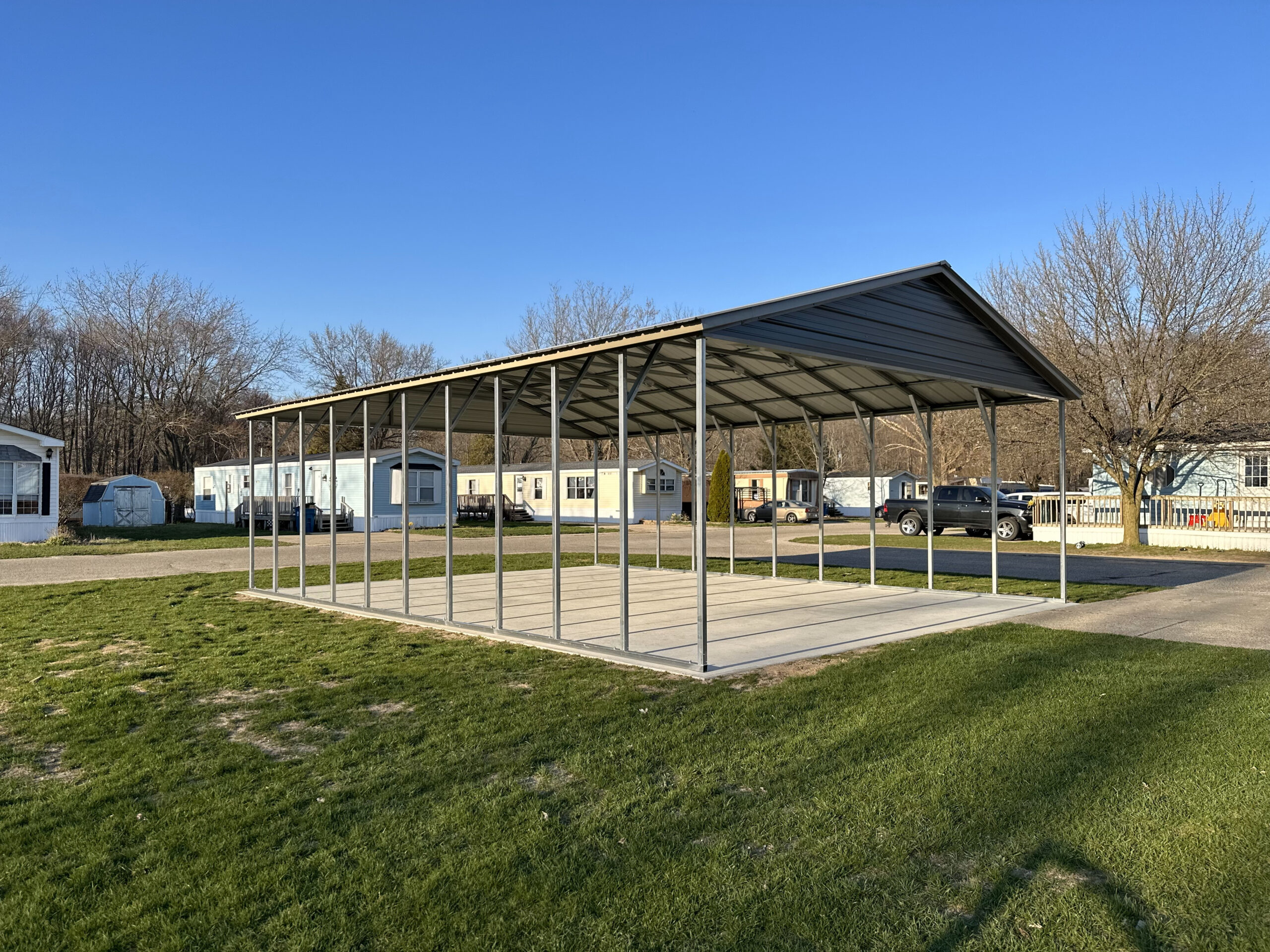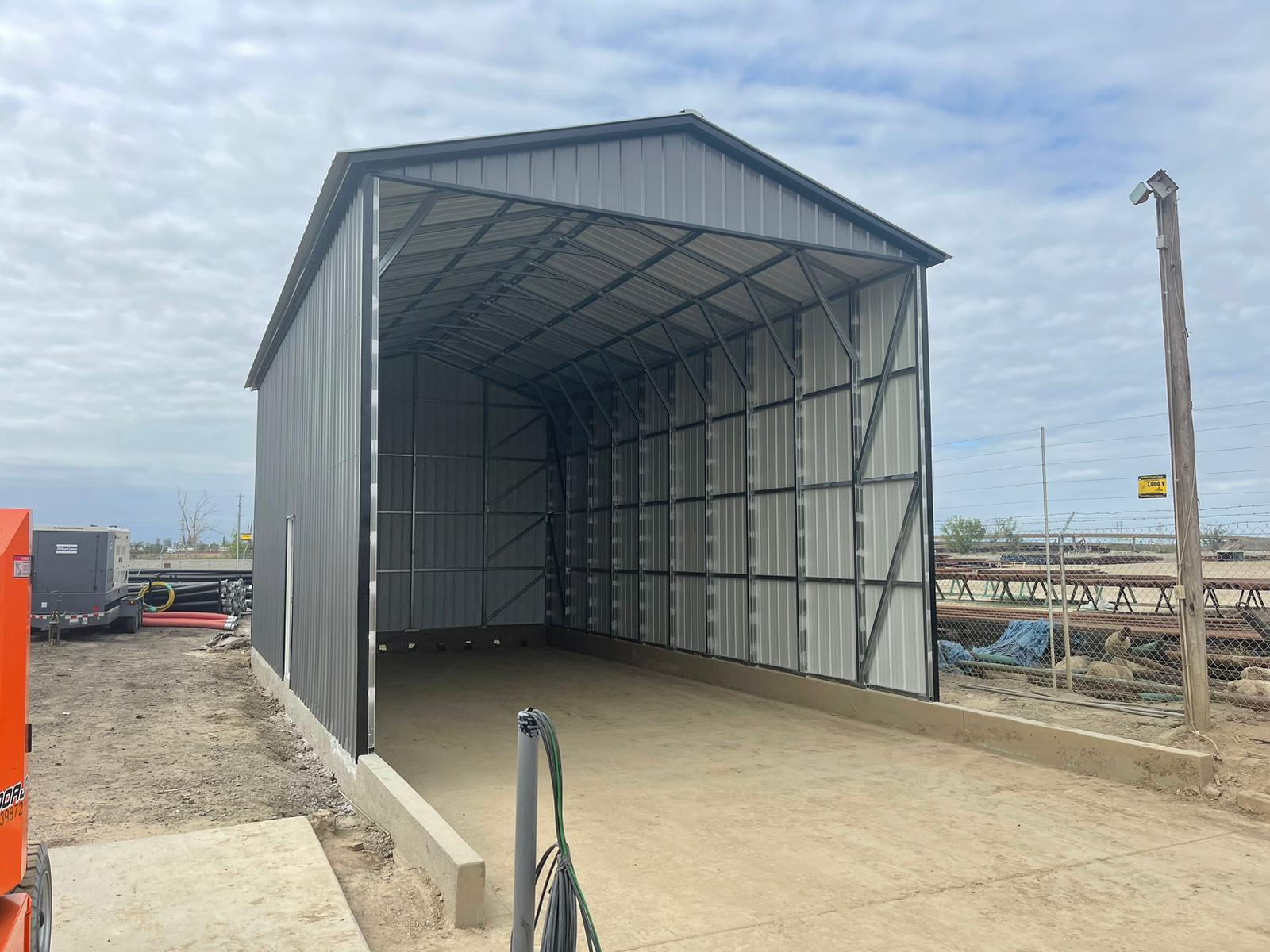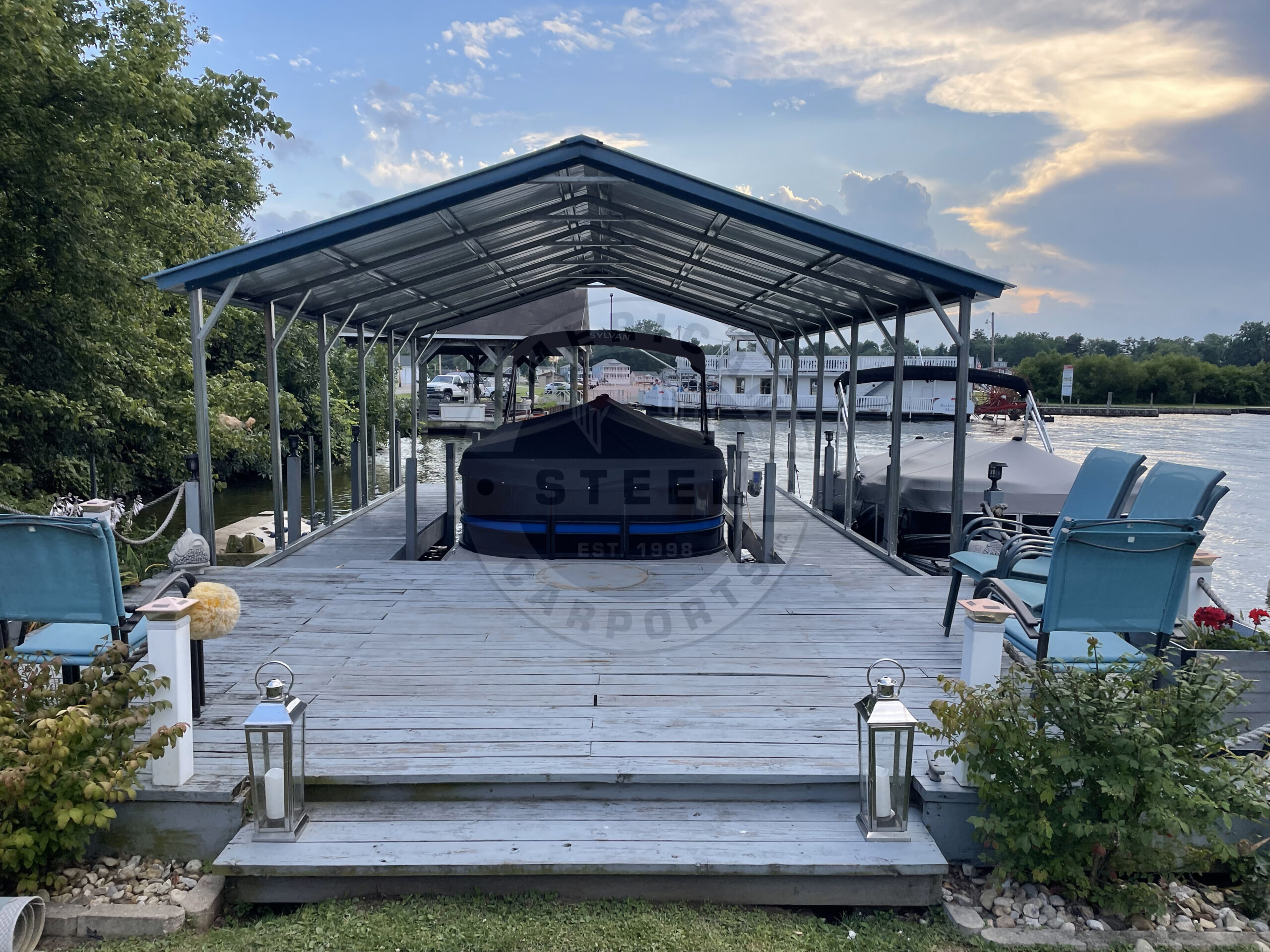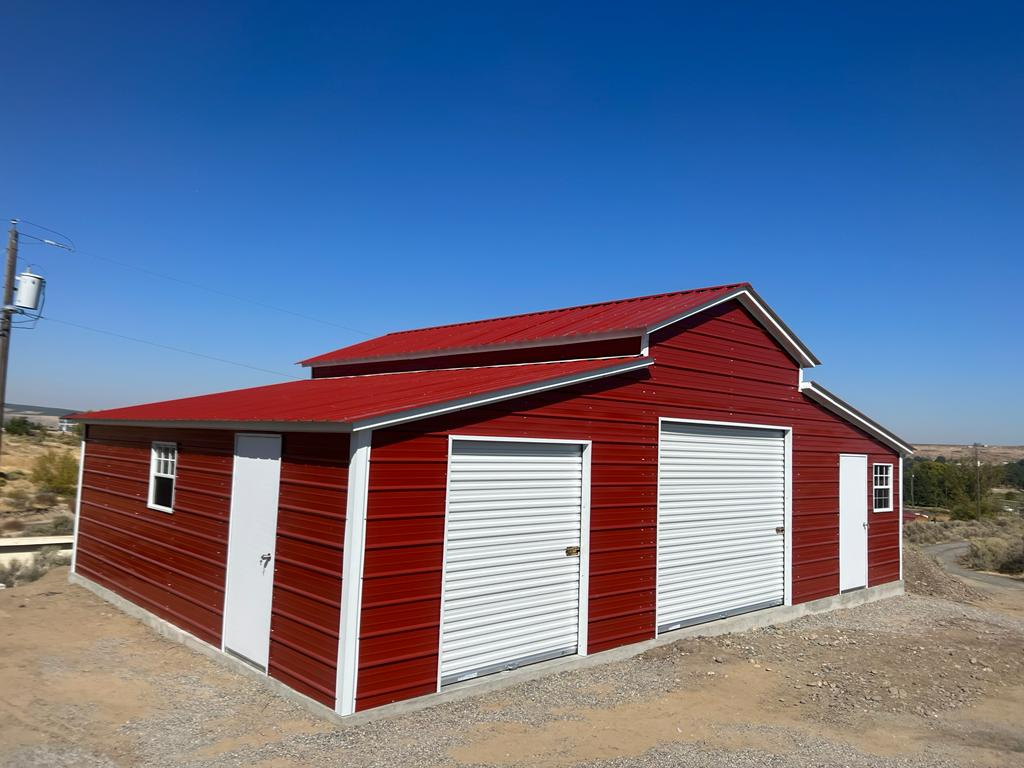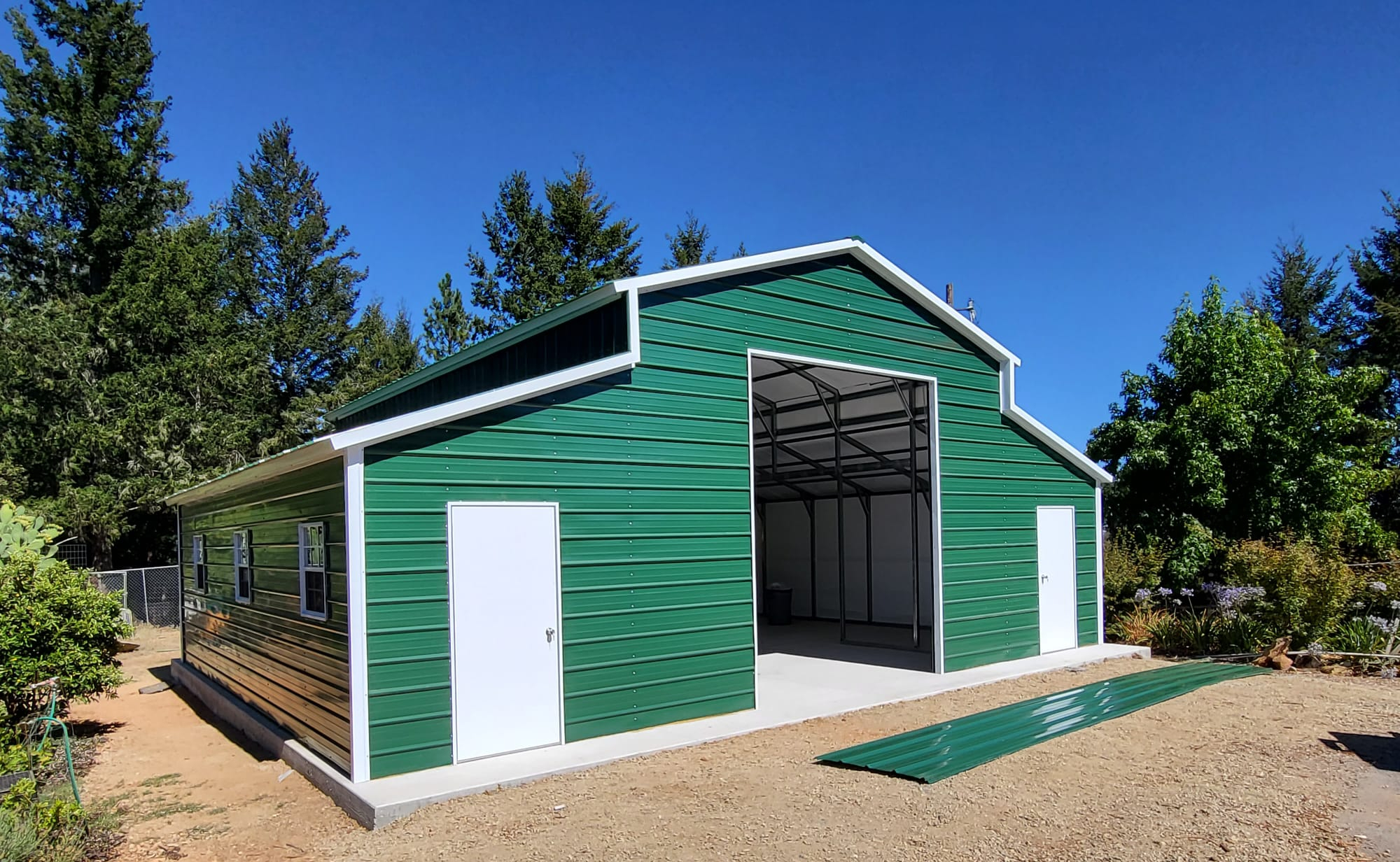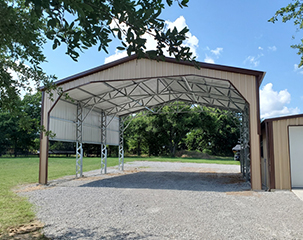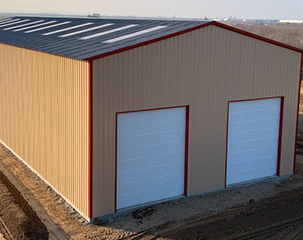Steel is an alloy of iron and carbon containing less than 2% carbon and 1% manganese and small amounts of silicon, phosphorus, Sulphur, and oxygen. Steel is the world’s most important engineering and construction material. It is used in every aspect of our lives; in cars and construction products, refrigerators and washing machines, cargo ships and surgical scalpels.
Steel is produced via two main routes: the blast furnace-basic oxygen furnace (BF-BOF) route and electric arc furnace (EAF) route. Variations and combinations of production routes also exist.
The key difference between the routes is the type of raw materials they consume. For the BF-BOF route, these are predominantly iron ore, coal, and recycled steel, while the EAF route produces steel using mainly recycled steel and electricity. Depending on the plant configuration and availability of recycled steel, other sources of metallic iron such as direct-reduced iron (DRI) or hot metal can also be used in the EAF route.
About 75% of steel is produced using the BF-BOF route. First, iron ores are reduced to iron, also called hot metal or pig iron. Then the iron is converted to steel in the BOF. After casting and rolling, the steel is delivered as a coil, plate, sections or bars.
Steel made in an EAF uses electricity to melt recycled steel. Additives, such as alloys, are used to adjust to the desired chemical composition. Electrical energy can be supplemented with oxygen injected into the EAF. Downstream process stages, such as casting, reheating and rolling, are similar to those found in the BF-BOF route. About 25% of steel is produced via the EAF route.
Another steelmaking technology, the open hearth furnace (OHF), makes up about 0.4% of global steel production. The OHF process is very energy intensive and is in decline owing to its environmental and economic disadvantages. Check out our publication World Steel in Figures for more information.
Most steel products remain in use for decades before they can be recycled. Therefore, there is not enough recycled steel to meet growing demand using the EAF steelmaking method alone. Demand is met through a combined use of the BF-BOF and EAF production methods.
All of these production methods can use recycled steel scrap as an input. Most new steel contains recycled steel.
Steel is not a single product. There are more than 3,500 different grades of steel with many different physical, chemical, and environmental properties.
Approximately 75% of modern steels have been developed over the past 20 years. If the Eiffel Tower were to be rebuilt today, the engineers would only need one-third of the steel that was originally used.
Modern cars are built with new steels that are stronger but up to 35% lighter than in the past.
World crude steel production reached 1,689.4 million tonnes (Mt) for the year 2017. Check out our World Steel in Figures 2018 in our online bookshop for more information.
Smart manufacturing does not just mean having a smart factory.
It is a significant transformation in the way we source raw materials, manufacture, and market our products through horizontal and vertical supply chain integration. It is a profoundly customer-focused concept. This change is not a one-step process as there are obvious challenges of trust and data security to overcome between diverse parties in the supply chain. There are a number of examples of early adopters within the steel industry; especially in vertical integration within business segments where building blocks of smart factories are being put together.
Steel is very friendly to the environment. It is completely recyclable, possesses great durability, and, compared to other materials, requires relatively low amounts of energy to produce. Innovative lightweight steel construction (such as in automobile and rail vehicle construction) help to save energy and resources. The steel industry has made immense efforts to limit environmental pollution in the last decades. Producing one ton of steel today requires just 40% of the energy it did in 1960. Dust emissions have been reduced by even more.
Yes, very easily. Steel’s unique magnetic properties make it an easy material to recover from the waste stream to be recycled. The properties of steel remain unchanged no matter how many times the steel is recycled. The electric arc furnace (EAF) method of steel production can use exclusively recycled steel. Steel is the world’s most recycled material.
For more information on steel recycling, check out our blog titled: Steel – the surprising recycling champion, 19 March 2018.
It is not known who produced the first steel. Since 200 BC, many cultures have produced steel in one form or another. A British inventor, Henry Bessemer, is generally credited with the invention of the first technique to mass produce steel in the mid-1850s. Steel is still produced using technology based on the Bessemer Process of blowing air through molten pig iron to oxidize the material and separate impurities.
Many elements and materials go through chemical reactions with other elements. When steel comes into contact with water and oxygen there is a chemical reaction and the steel begins to revert to its original form – iron oxide.
In most modern steel applications this problem is easily overcome by coating. Many different coating materials can be applied to steel. Paint is used to coat cars and enamel is used on refrigerators and other domestic appliances. In other cases, elements such as nickel and chromium are added to make stainless steel, which can help prevent rust.

